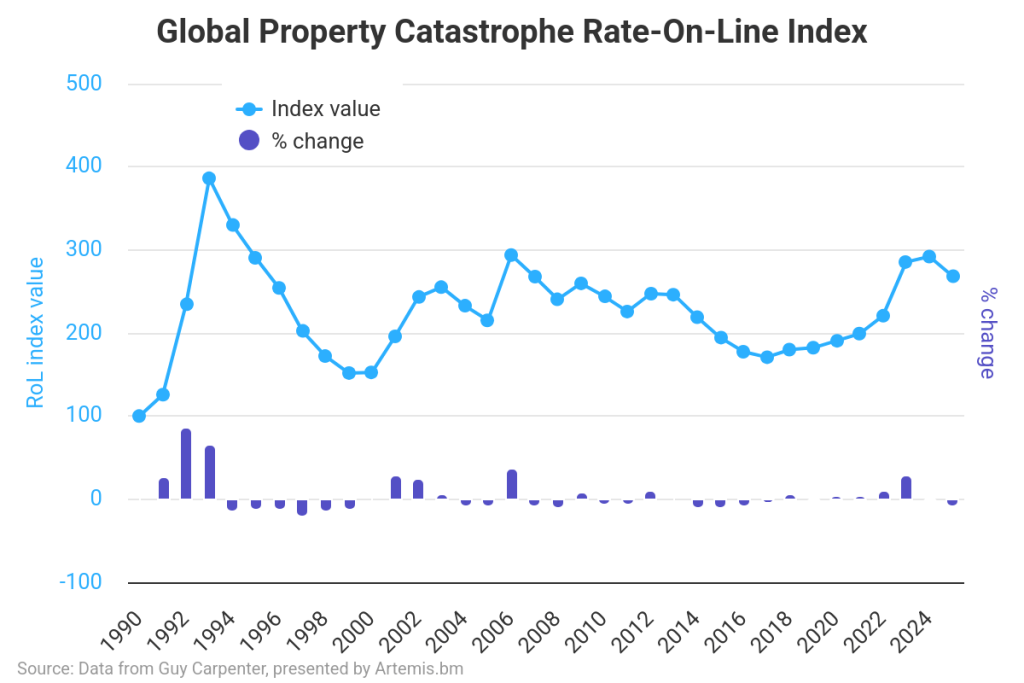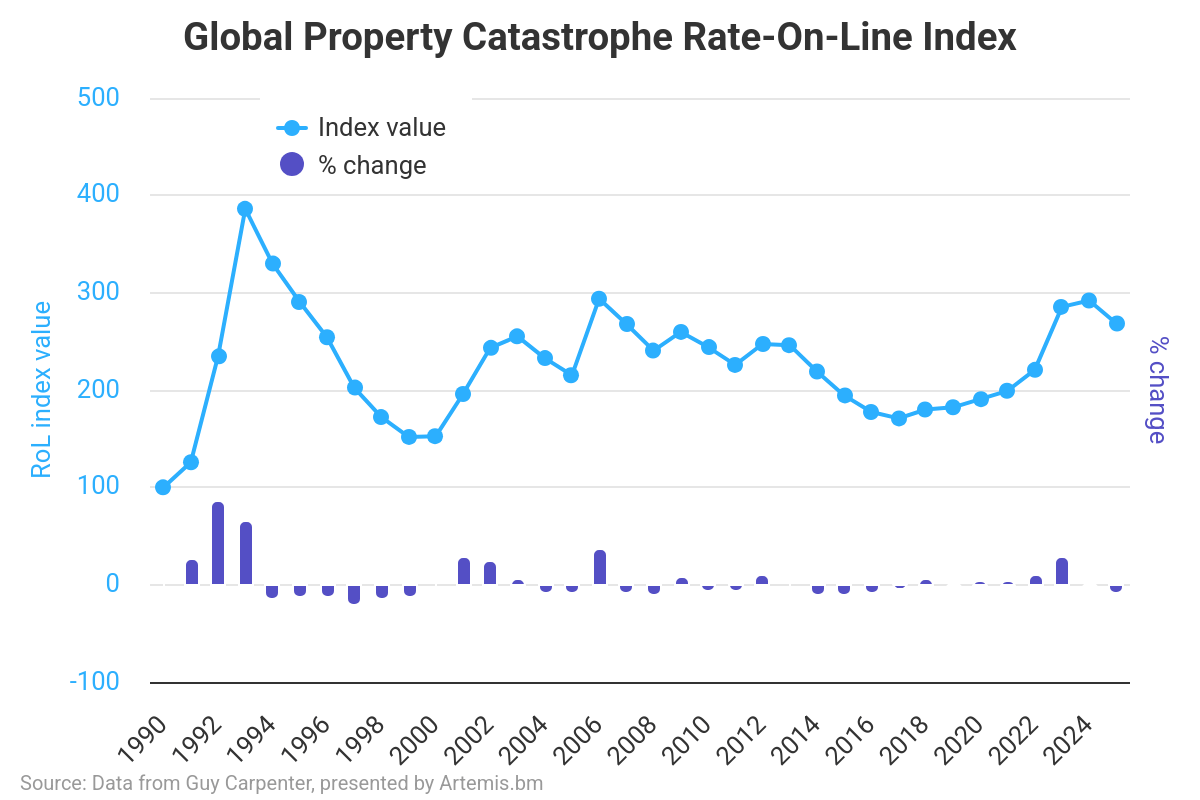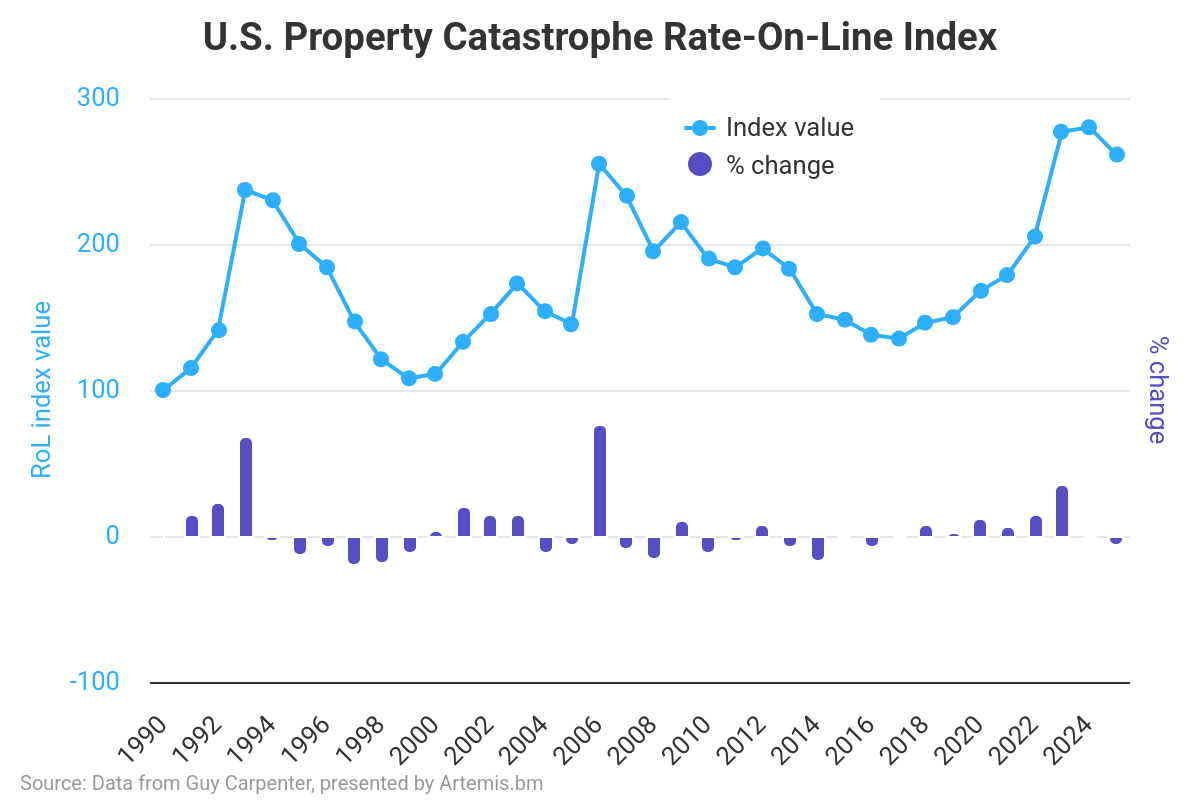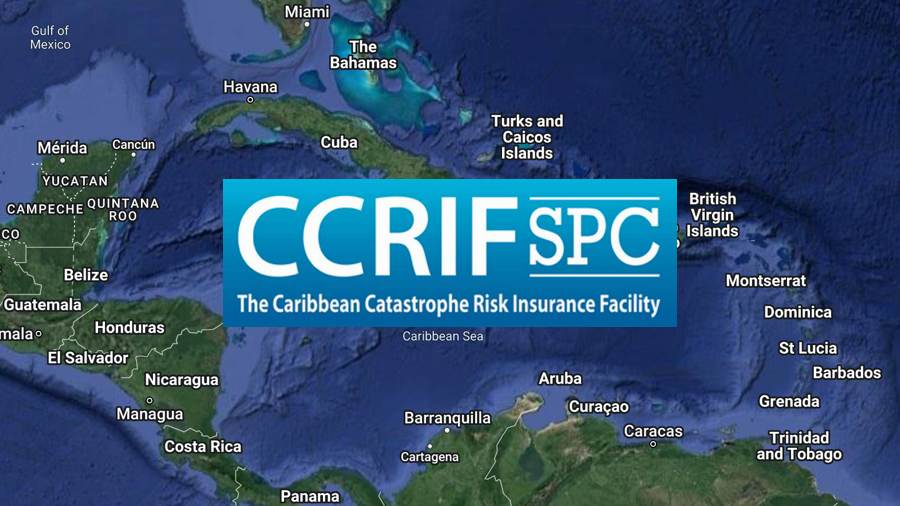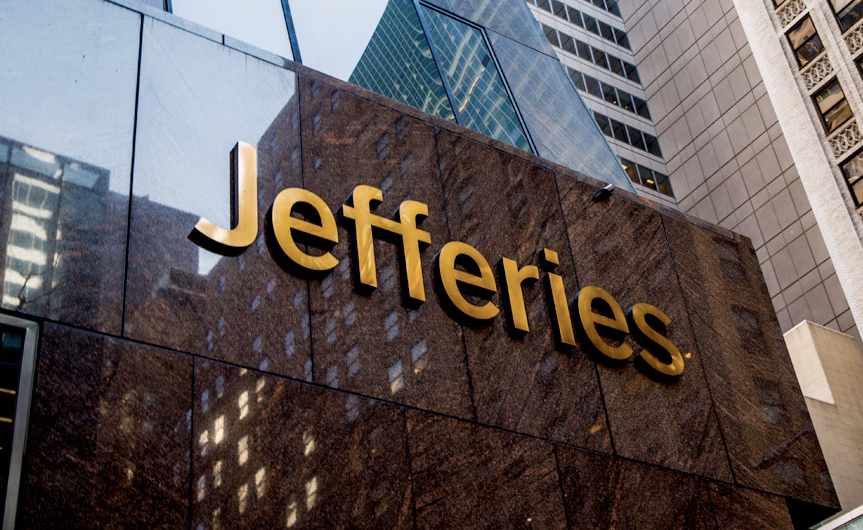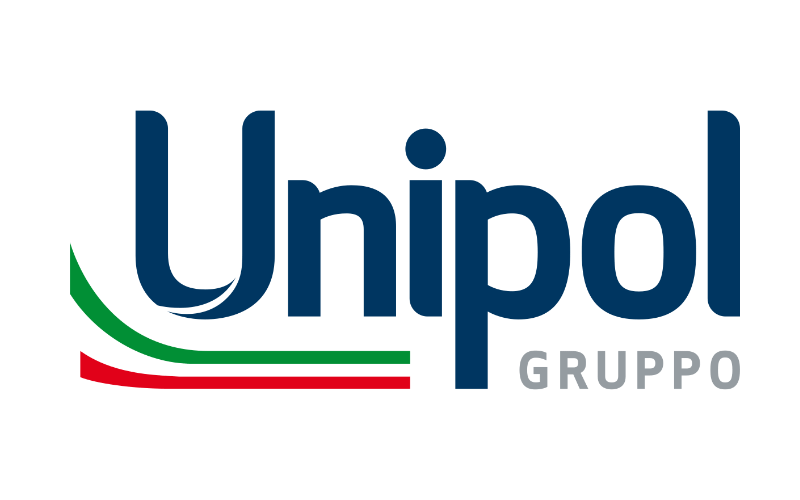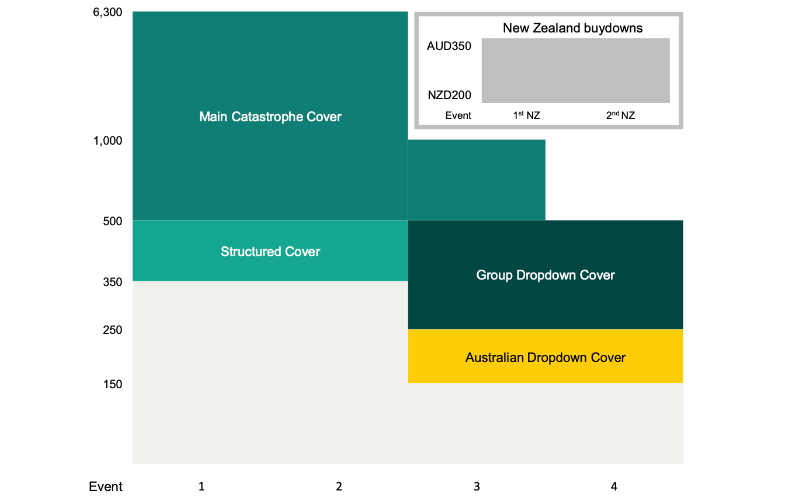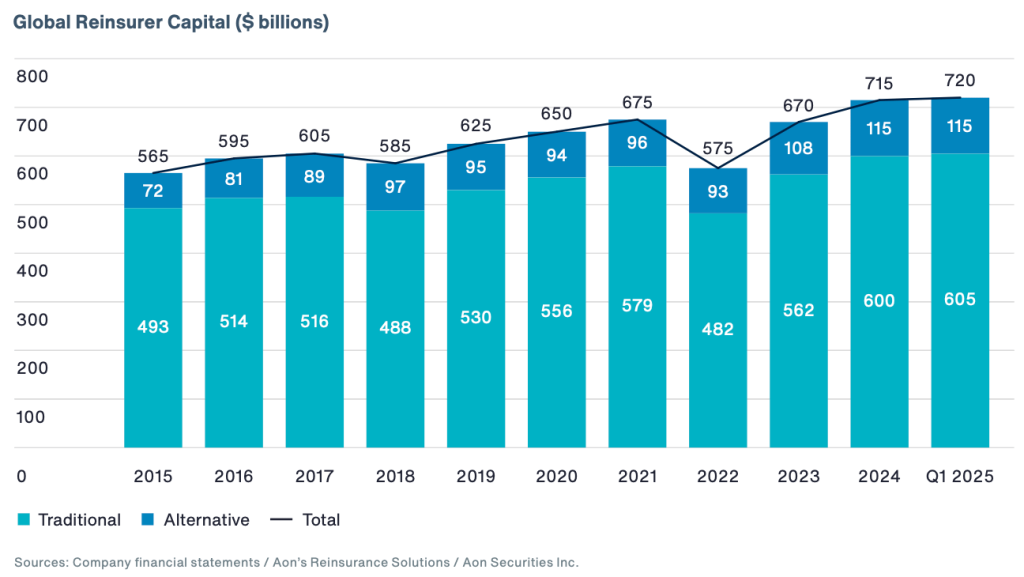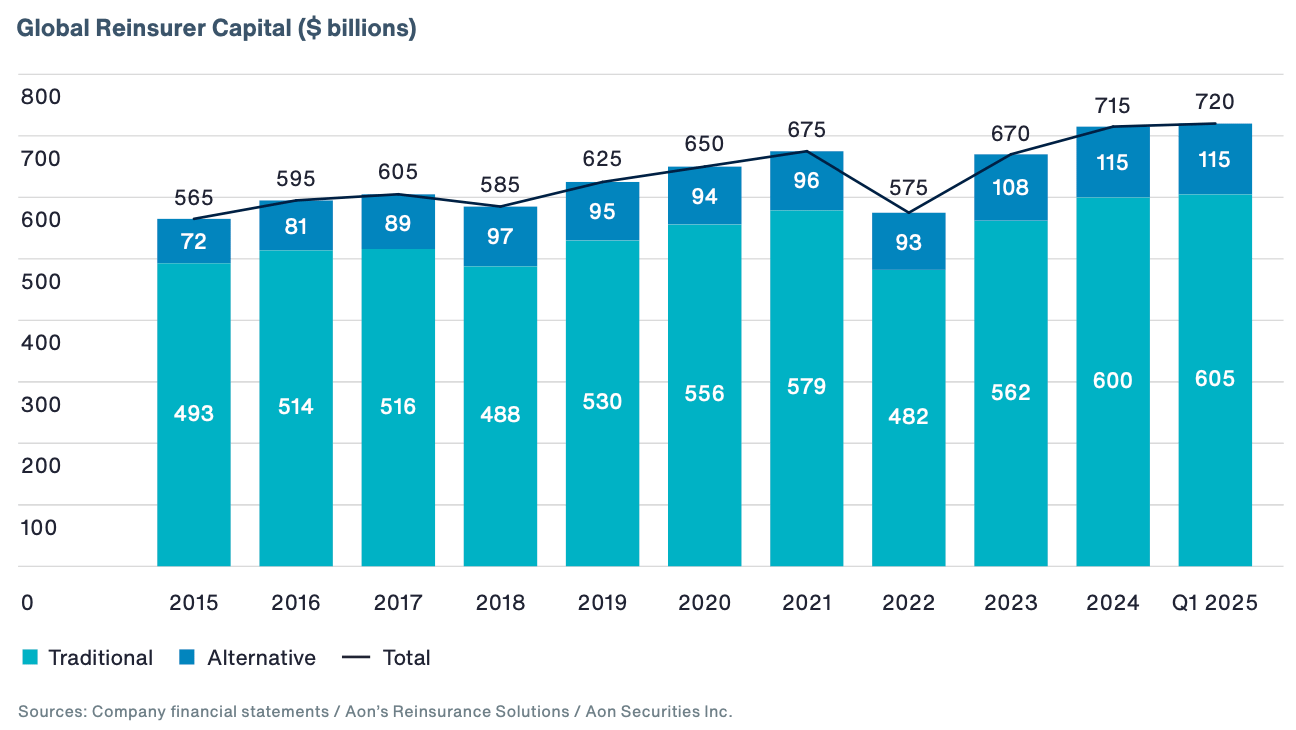This content is copyright to www.artemis.bm and should not appear anywhere else, or an infringement has occurred.
The supply-demand balance for global non-marine retrocession continued to tilt in buyers’ favour, as cedants were presented with opportunities to expand their retro purchases at the mid-year reinsurance renewals and some market participants took a commercial view on collateral trapping, according to Gallagher Re.
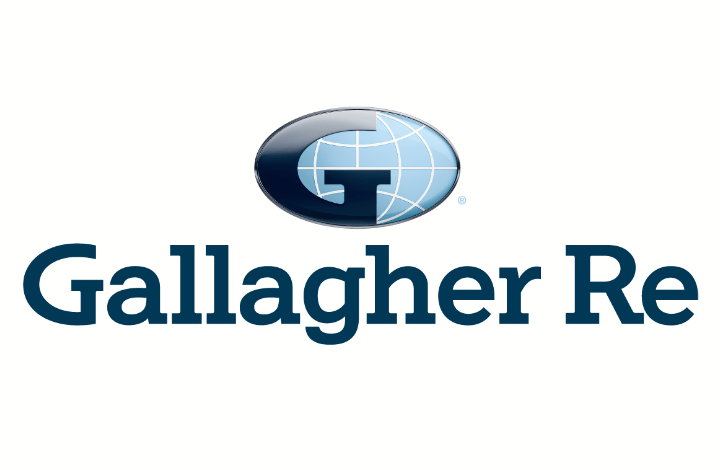 As per the reinsurance broker’s 1st View report, occurrence retrocession excess of loss limits were broadly up at the renewals, alongside a notable increase in the number of aggregate and frequency covers being explored and purchased, with buyers aiming to manage frequency risk across the second half of 2025.
As per the reinsurance broker’s 1st View report, occurrence retrocession excess of loss limits were broadly up at the renewals, alongside a notable increase in the number of aggregate and frequency covers being explored and purchased, with buyers aiming to manage frequency risk across the second half of 2025.
“Market supply remained adequate, as reinsurers’ growth ambitions combined with increasing confidence in California wildfire reserves to drive increased appetite from incumbent markets,” Gallagher Re added.
The broker noted that trapped collateral stemming from the California wildfires had limited influence on mid-year renewal outcomes.
Gallagher Re said that several buyers chose to take a commercial approach to the rolling of collateral.
This commercial approach to collateral trapping can benefit both the buyer of retrocessional protection and the ILS fund or capital manager deploying the capacity.
It can enable collateral to be re-used more efficiently, providing continuity for buyers, while allowing the source of trapped collateral, often insurance-linked securities (ILS) fund managers, to better manage their fund capacity through the renewal season.
Given the long-standing relationships buyers often have with retrocessionaires, it makes sense to take a commercial view on trapping. Being pragmatic, about the need to trap versus rolling collateral, can result in more benefits and stronger relationships over the long-run.
Gallagher Re also said that occurrence excess of loss purchases continued to take priority over indexed products at retro renewals, but noted that the industry loss warranty (ILW) market became increasingly active in the lead-up to the Atlantic hurricane season.
Furthermore, risk loss-free reinsurance rates for global non-marine retrocession were renewed -5% to -10% at the mid-year renewals, while catastrophe loss-free rates decreased -5% to -15%.
As well as this, Gallagher Re also highlighted that a significant softening in the catastrophe bond market, coupled with increased supply, further pushed down pricing for tail-exposed excess of loss covers, including some softening in minimum rates-on-line.
Finally, the broker also reported an uptick in demand for secondary peril covers on an indexed basis, an area where greater appetite continues to be shown.
Read all of our reinsurance renewal news coverage.
Some retro buyers more “commercial” on rolling trapped collateral at renewals: Gallagher Re was published by: www.Artemis.bm
Our catastrophe bond deal directory
Sign up for our free weekly email newsletter here.
